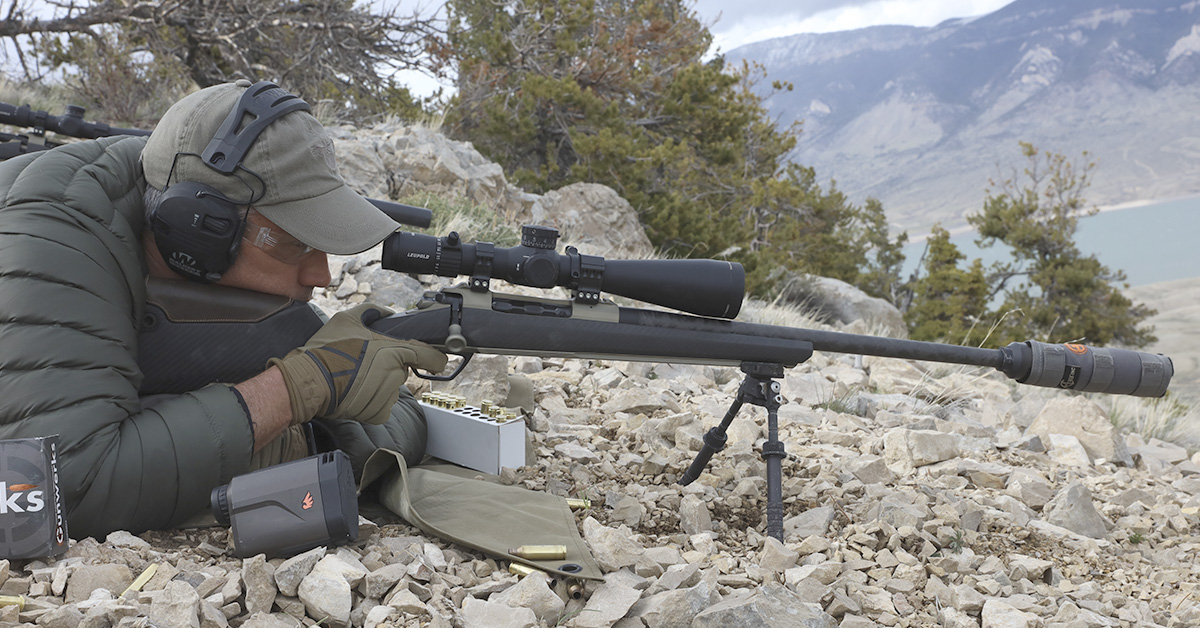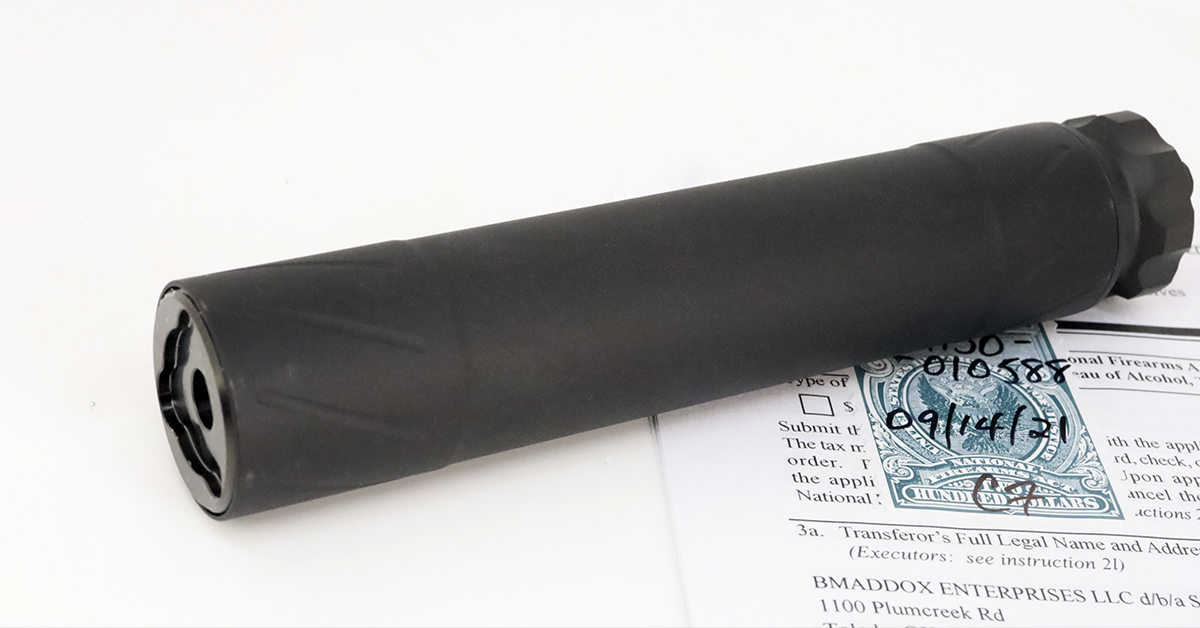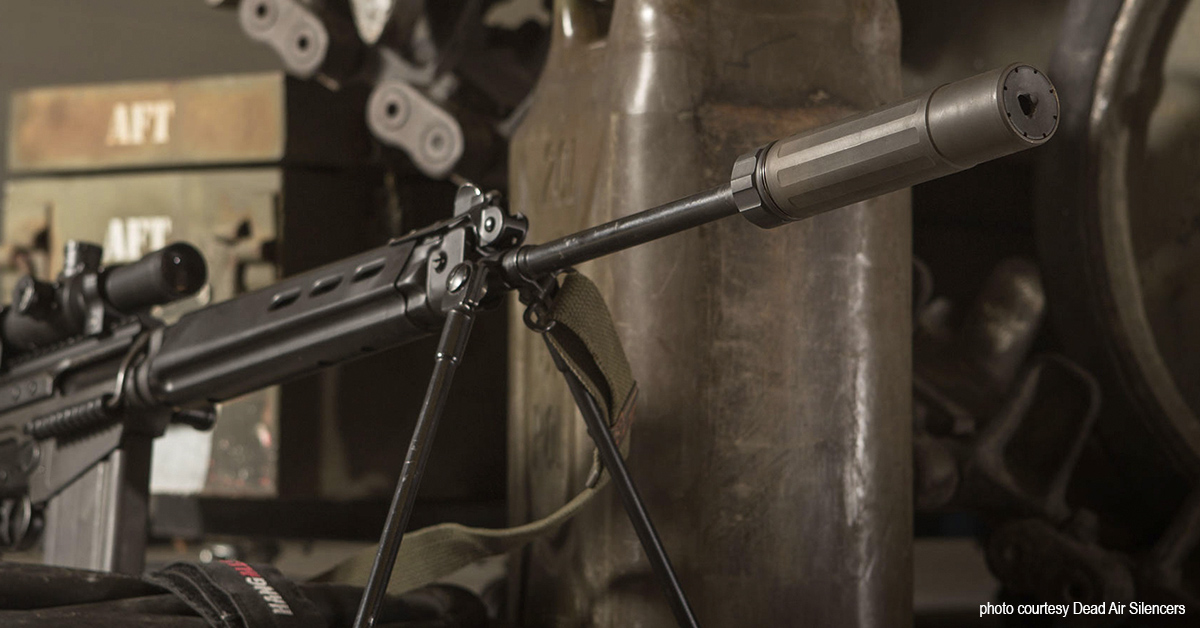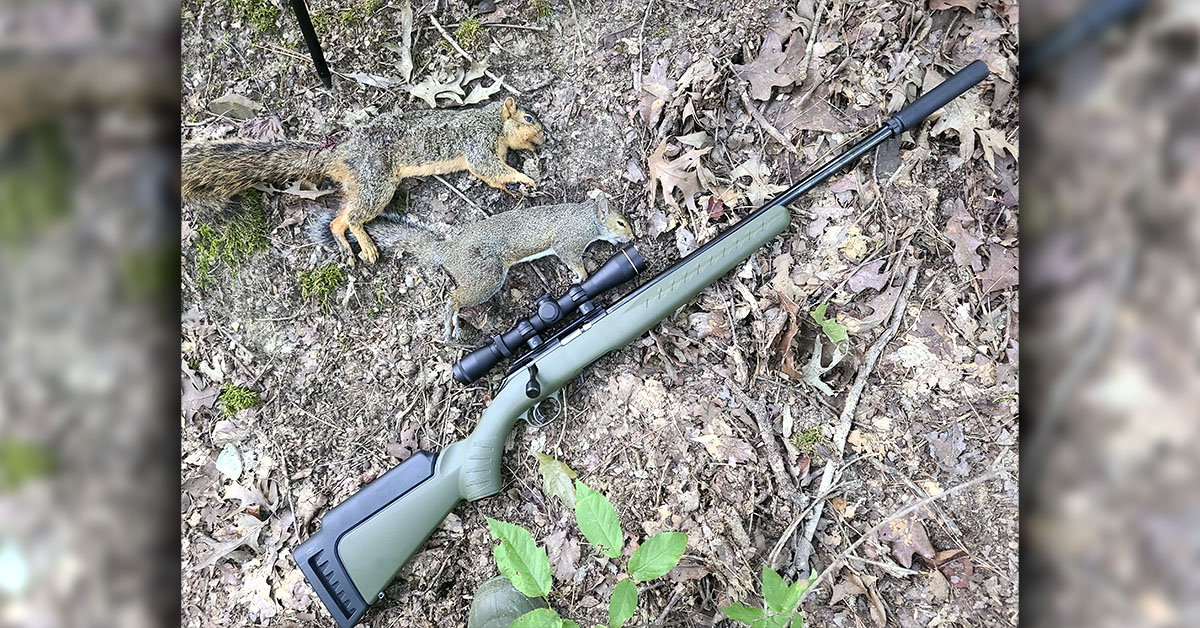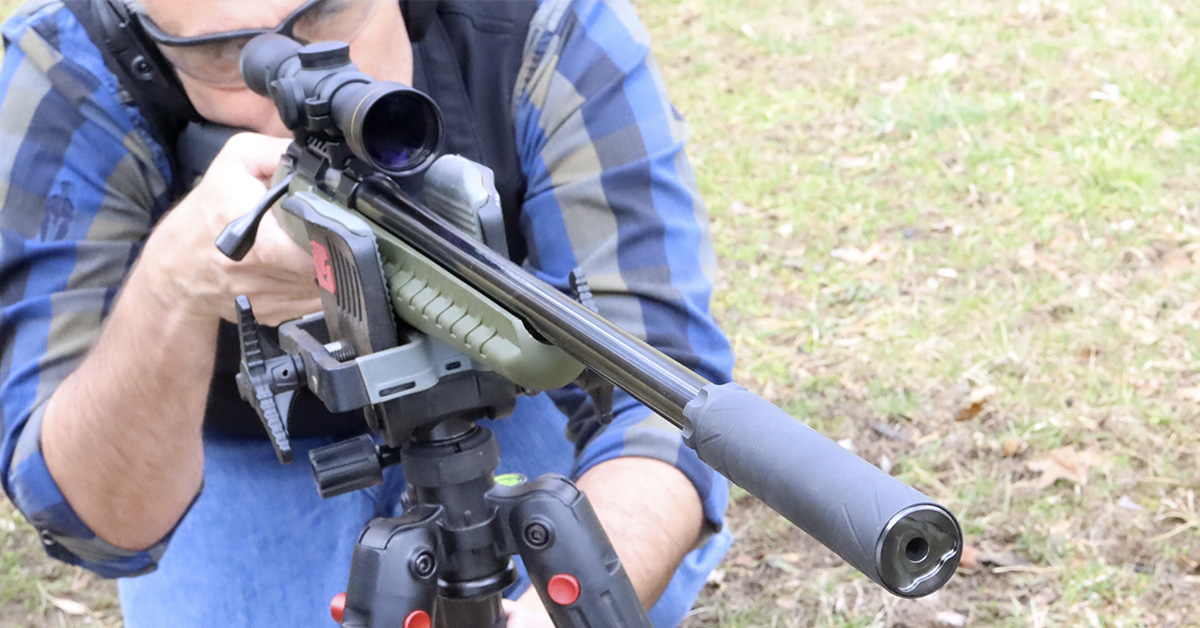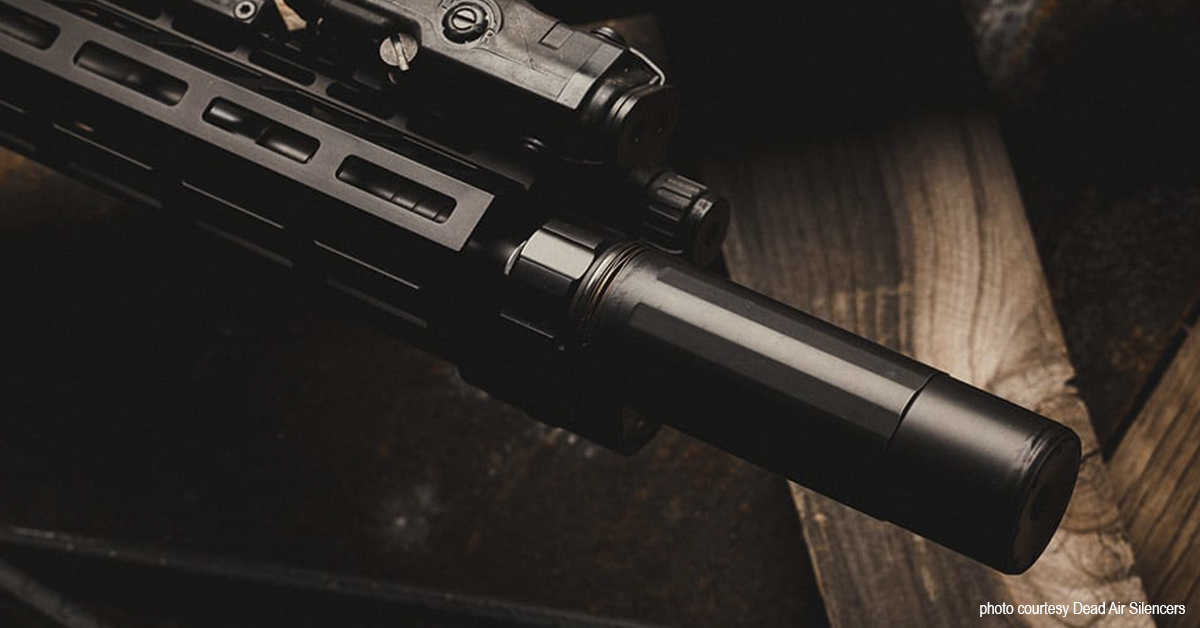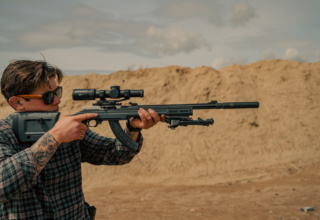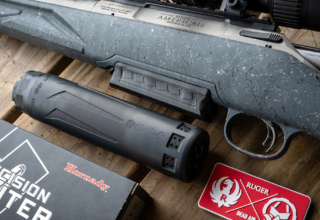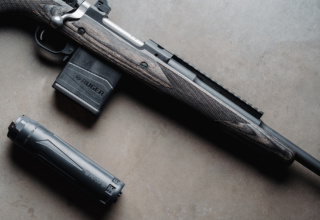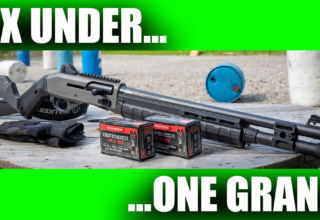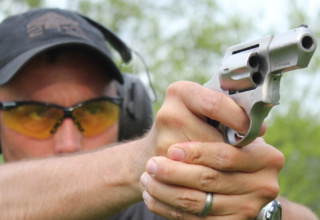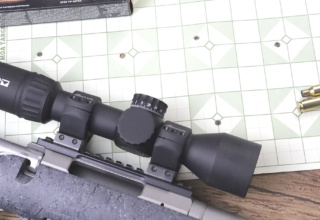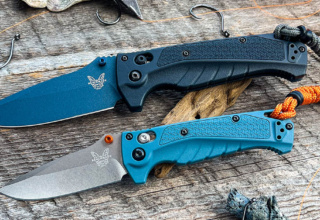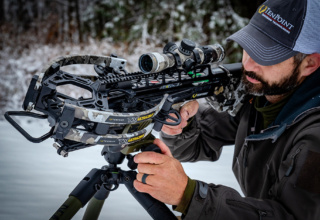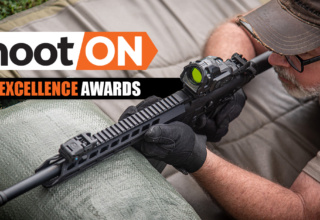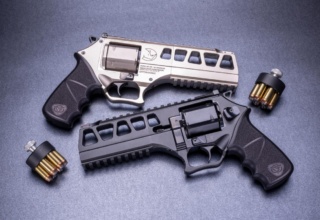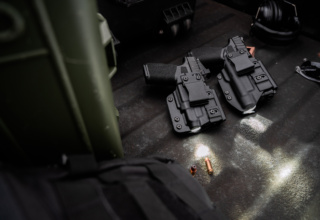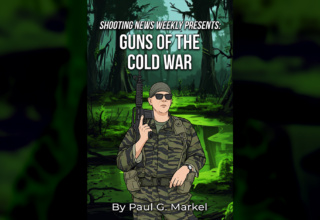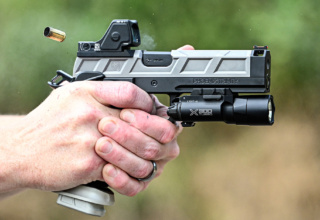At one time, it was relatively rare to see a rifle at the range with a suppressor, but today, suppressors are commonplace. What caused this shift, and is it finally time for you to own a “can?”
by Brad Fitzpatrick
We toss the term “revolutionary” around quite a bit in the firearms industry, but there have been very few true revolutions. More than simply a style change or a magazine redesign, a revolution forever changes the way shooters use their firearms. The switch to breech-loading cartridges and smokeless powder in the 1800s was revolutionary, and magnified optics revolutionized firearm design in the early 1900s. Later that century, polymer stocks largely replaced wood — another important revolution.
Perhaps the most significant change in rifle design over the last five years has been a shift toward shorter barrels to accommodate suppressors (also known as silencers). But the suppressor revolution has been slightly different than the firearm revolutions that preceded it. Instead of being driven by new technology, the current increase in suppressor ownership can largely be attributed to something altogether different: education.
Something Old, Something New
Hiram Percy Maxim began developing firearm suppressors around 1902, and in 1909 he received the first patent for a firearm suppressor. Maxim is also credited with designing the first automobile muffler, which utilized a chamber/baffle design that’s similar in concept to his firearm suppressors. Ironically, automobile mufflers became mandatory to reduce noise pollution while the suppressor purchases became tightly regulated.
That regulation began in 1934 with the National Firearms Act, which required the purchase of a $200 tax stamp. Adjusted for inflation, $200 in 1934 is the equivalent of over $4,500 today. That made ownership of a suppressor very cost-prohibitive. Television and movies became popular in the decades that followed, and suppressors were billed as an accessory for assassins.
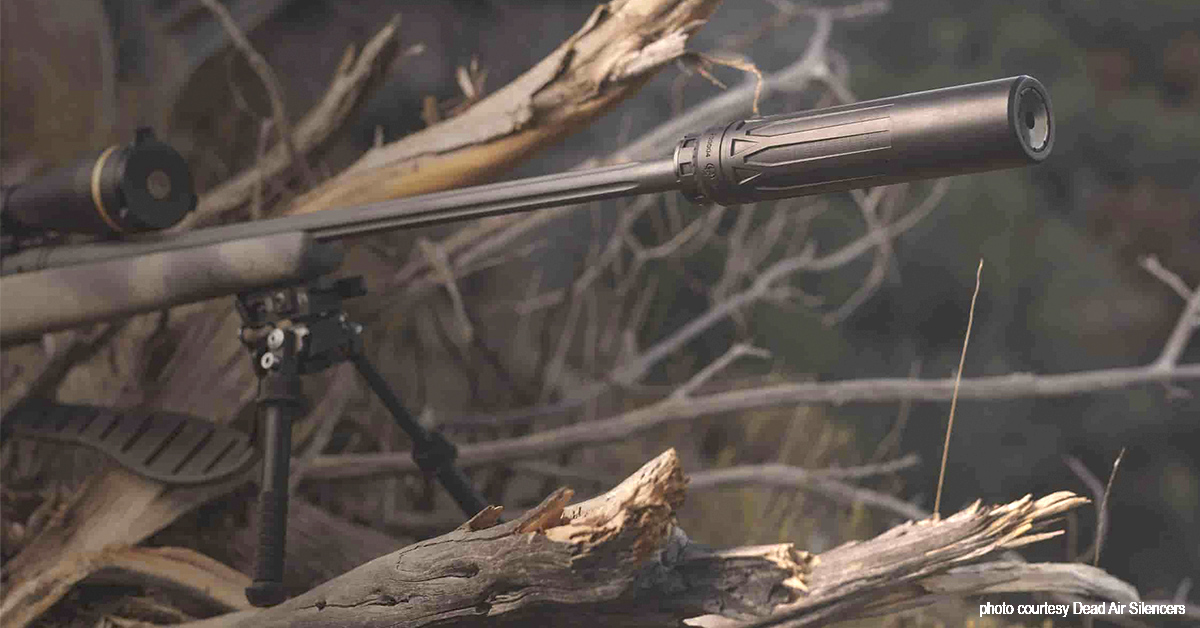
The reality was (and is) that legally manufactured and obtained suppressors are very rarely used in criminal activities. Nevertheless, the tax stamp and the pop culture association between “silencers” and nefarious activities put a major dent in suppressor sales that lasted into the twenty-first century.
In the early 2000s, Brandon Maddox, who was a pharmacist by trade, went on a prairie dog hunt in South Dakota, during which he shot a suppressed rifle. Maddox, like so many others, enjoyed shooting a suppressed rifle and began researching the process to buy his own can. What Maddox found was that the process to own a suppressor was somewhat complicated — perhaps needlessly so. He purchased his first suppressor and later decided he wanted a suppressor for every gun. Through the process of purchasing several suppressors, Maddox concluded that there must be an easier and more streamlined method for suppressor buying. Maddox developed a new way to purchase suppressors and his company, Silencer Central, was born.
Educating Shooters
I suppose I’m well-positioned to write an article on suppressor ownership. Six years ago, I never wanted to own a suppressor, believing the process was too long and too complicated. Today, I own five suppressors and all my personal rifles under .375 caliber are threaded for suppression. My story is not unique; I believe that most shooters who don’t own a suppressor would buy one if they understood how simple the process really is.
I bought my first suppressor from Silencer Central about five years ago after interviewing Maddox. He assured me that the process was easy, and indeed it was. To purchase a suppressor, you must first fill out an ATF Form 4 or eForm 4 (the digital version). Silencer Central does a great job helping with that paperwork and simplifying the process, answering any questions buyers have along the way. They’ll explain how to roll your own fingerprints and provide a fingerprint kit. It’s a simple and straightforward process, but Maddox says it’s less about changing the system for suppressor ownership (which remains largely the same as it was years ago) and more about informing potential buyers how the process works. Silencer Central will even ship a suppressor purchased through them to your front door in states where suppressors are legal.
“It’s a matter of education,” Maddox says. “Many people don’t know that suppressors are legal to own in 42 states and legal to hunt with in 41.” Connecticut is the only state that allows suppressor ownership but bans hunting with suppressors.
Maddox has worked with government agencies to clarify the laws regulating suppressor ownership, and in the meantime, wait times for suppressor approvals are much shorter than ever before. He says the wait time for individual approvals has been as low as 4.4 days, and trust approvals take an average of 60 to 70 days. Part of this is because the NFA board has incorporated the use of computer software that can process applications much more quickly than in years past.
The term “trust” confuses many potential suppressor owners, but setting up a trust is a painless and important process. My family’s trust allows my wife and any of my children to possess the suppressor, which is not legal if they are not listed on an established trust. That might not seem like a big deal, but with a trust in place, when I die, my wife and adult children can possess or sell the suppressors listed in the trust. It’s a beneficial safeguard, and Silencer Central will establish a trust for customers free of charge.
Silencer Shop recently began setting up kiosks in retail stores that allow customers to fill out the requisite eForm 4 paperwork for suppressor ownership. The kiosks are easy to operate, and all that is required at the time you visit is a government ID. This allows you to simply and quickly apply for suppressor ownership, and there is a list of directions online that I suggest you read prior to using the kiosk. It’s not a complicated process, but it’s simpler if you have made yourself aware of the steps in the process.
The Benefits of Suppressor Ownership
As stated, I own five suppressors currently, and those surely will not be the last that I purchase. Why such a dramatic turnaround for a guy who, just a few years ago, owned exactly zero suppressors?
Experience and education.
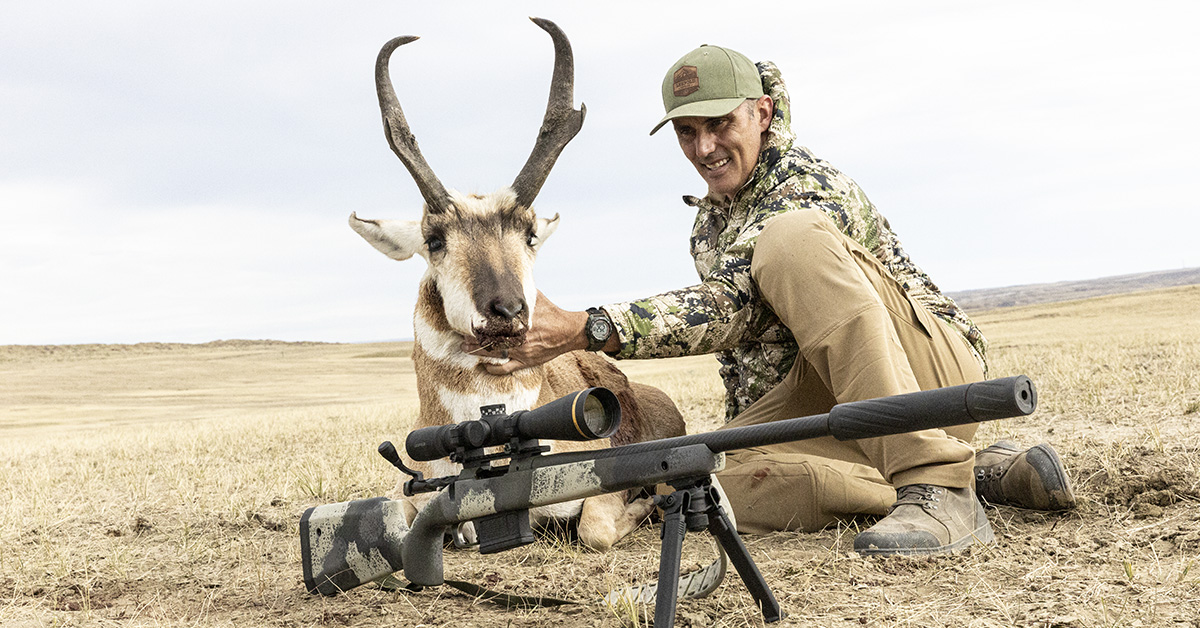
I enjoy shooting firearms, but I enjoy it more when those guns are suppressed. It not only knocks down muzzle blast but also recoil. Muzzle brakes can cut back kick as well, but the tradeoff is greatly increased muzzle blast. Guides and PHs hate brakes, and I do, too. Measured recoil is quite different than perceived recoil, and a flinch when we shoot is oftentimes as much a response to a loud bang as the actual physical recoil. A suppressor tames recoil and reduces muzzle blast. You’ll shoot suppressed guns better because you’re more focused on firing the gun.
I’ve found that my accuracy increases with a suppressor, although there can be a point of impact shift when adding/removing a can. Usually that’s minor, and the overall improvement in accuracy makes it worth readjusting your optic. Suppressed rounds don’t scare game like unsuppressed shots, either. I’ve killed deer, hogs, elk, and antelope with a suppressed rifle and, in most cases, the game surrounding the downed animal does not react as dramatically as they do to the sound of unsuppressed gunfire.
We most often envision using a suppressor with centerfire rifles, but I have used .22 suppressors with great luck when small-game hunting. I’ve used .22 pistols and rifles with suppressors to squirrel hunt, and aside from the reduction in muzzle blast, which is much safer for your hearing, hunters are also likely to find that suppressors don’t spook animals as badly as unsuppressed fire. Plus, a suppressor makes a .22 a quiet, comfortable gun to fire — even for new shooters.
Suppressors also allow you to shoot often while still maintaining good relations with your neighbors. I’m fortunate that it’s legal to shoot where I live and that my neighbors are gun owners, but sometimes reviews require hundreds or even thousands of rounds. That’s no issue with a suppressor, and most of my neighbors don’t even know that I’m shooting while I’m using a can.
I won’t purchase a hunting or target rifle that isn’t threaded for suppression, and Brandon Maddox says that the shift toward shorter, threaded barrels on rifles is a direct impact of the popularity of suppressors. I completely agree. It’s also quite telling that so many manufacturers now offer rifles with barrels that are designed specifically for suppressor use. Browning’s new X-Bolt 2 Speed SR version comes with a belled muzzle and 5/8×24 threads — which also happens to be a popular thread pitch for suppressors.
What are you waiting for? It’s never been easier to buy a suppressor than it is now, and there are very compelling reasons to own a can — not the least of which is that it will make your shooting more enjoyable while also protecting your hearing. There’s never been a better, or easier, time to purchase a suppressor for your rifle or handgun, and the sooner you start the process the faster you’ll be shooting.
- Six Great Shotguns Under $1,000 (Plus One Shotgun Everyone Should Own) - November 28, 2025
- Eight Great Revolvers for Self-Defense - September 23, 2025
- TESTED: Steiner H6Xi 2-12x42mm RFP Riflescope - April 25, 2025

